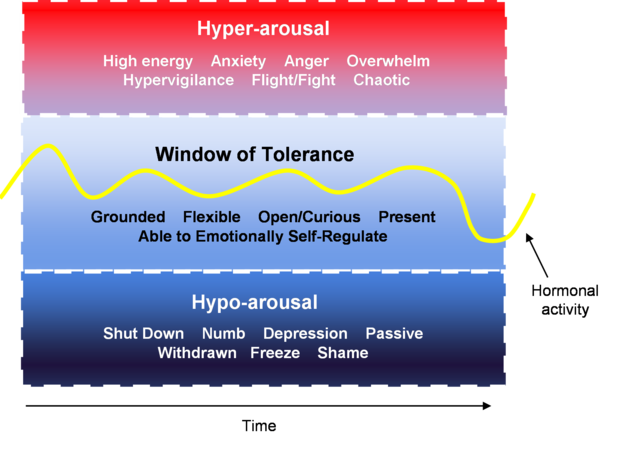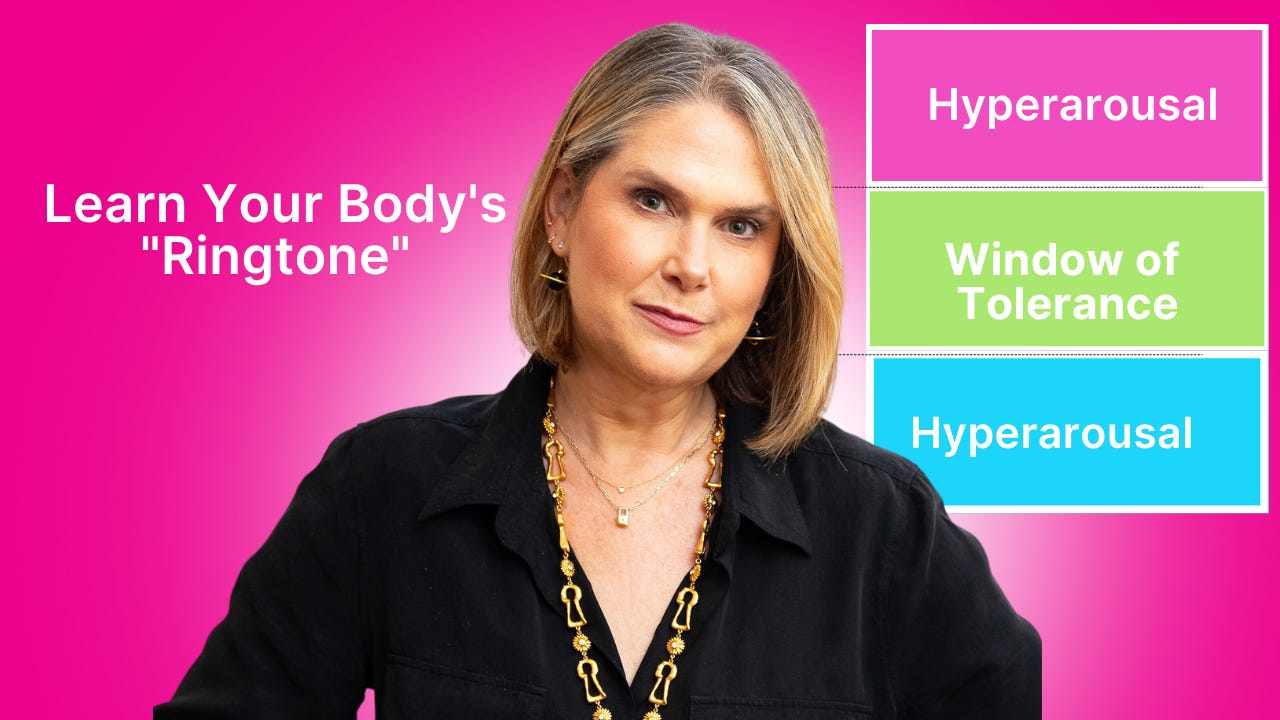Have you ever had a moment in your day or your life where you’ve thought, "I just don't have the bandwidth for this"?. It’s a common feeling—the sense that your capacity to cope is completely spent. But what if this isn't a personal failing, but a physiological signal from your nervous system?
This is the core idea behind the "Window of Tolerance," a concept developed by Stephen Porges that provides a powerful map for understanding our mental and emotional states. It suggests we all have an optimal zone where we can handle life's challenges. When we're pushed outside of that zone, we react in predictable ways.
Inside the Window: Your Optimal Zone
When you are within your Window of Tolerance, you're in what's called your "optimal coping range". Some also refer to it as the "window of capacity". In this state, you have a lot of flexibility in how you see problems. You can stay calm, cool, and collected, and emotionally regulate your nervous system with ease, no matter what's going on around you.
The things that keep this window wide are often the pillars of self-care we hear so much about:
Healthy nutrition and eating habits.
Getting an ample amount of sleep.
Drinking enough water and taking care of our bodies.
Practices like yoga, meditation, and breathwork.
Connecting with others, such as having a phone call with a friend or grabbing coffee.
When our bodies are taxed, our nervous system gets out of whack, and our window begins to narrow.
Above the Window: Hyperarousal (Fight or Flight)
When we are pushed above our window, we enter a state of hyperarousal. This isn't just feeling a little stressed; it's a state of overwhelm and rigidity. You might experience bursts of rage or feel a desperate need to control outcomes. For most, this state is defined by anxiety.
This is your sympathetic nervous system in action—your "fight or flight" zone. Everything feels urgent. In this state, people may engage in behaviors that provide a sense of control, such as disordered eating, substance use, or OCD.
Below the Window: Hypoarousal (Freeze and Shutdown)
There is also a state below the window, often called hypoarousal or a dorsal vagal state. If hyperarousal is a state of frantic energy, hypoarousal is the opposite. It looks like:
Disconnection and disinterest.
Procrastination and a lack of motivation.
Apathy and caring for nothing.
Massive chronic fatigue and not wanting to get out of bed.
While we may label the hyperaroused state as anxiety, we often label this state of shutdown as depression. The speaker offers a powerful metaphor: the possum that feigns death when threatened. To survive, its body automatically shuts down—blood pressure drops, and it appears dead to the predator. This is an adaptive response to threat, and our nervous system has a similar capability.
The Threat That Isn't There
Here is the crucial part: often, people get stuck in these hyper- or hypoaroused states even when there is no immediate, imminent threat. This can be confusing. You might look at your life and think, "Everything is fine, so why do I feel this way?".
The answer often lies in "implicit memory"—something from your past that is still living inside your body, keeping your nervous system's threat sensor switched on. Your body believes you are still under threat, even when your conscious mind knows you are safe.
Understanding this framework is the first step toward reclaiming your sense of calm. It’s not about pathologizing anxiety or depression, but about understanding the body's natural, adaptive responses to a set of circumstances it perceives as abnormal or threatening. Once you gain awareness of your Window of Tolerance, you can't unsee it. You can begin to recognize when you're leaving your optimal zone and learn to guide yourself back.
This is just one of the foundational concepts I teach to help people understand and regulate their nervous system. To learn more and get tools to build your resilience, you can explore The Calm Code.
Find out more here: https://www.flipyourmindset.com/thecalmcode














Share this post